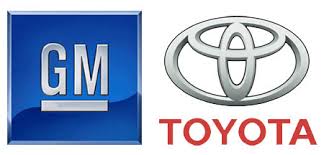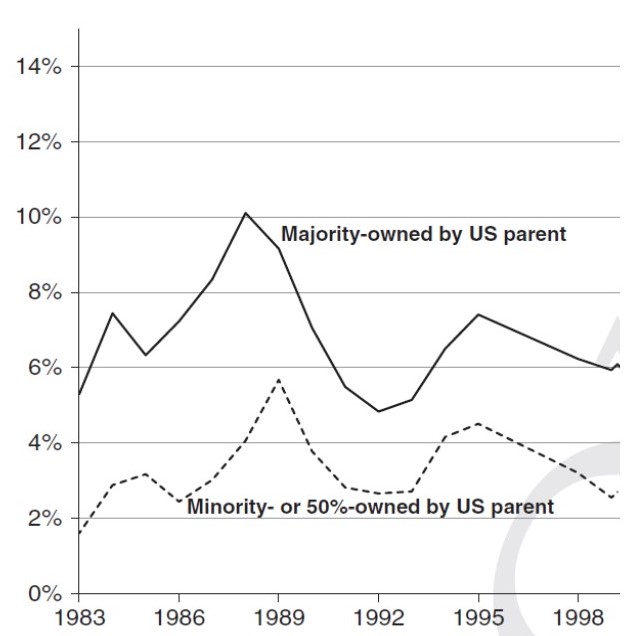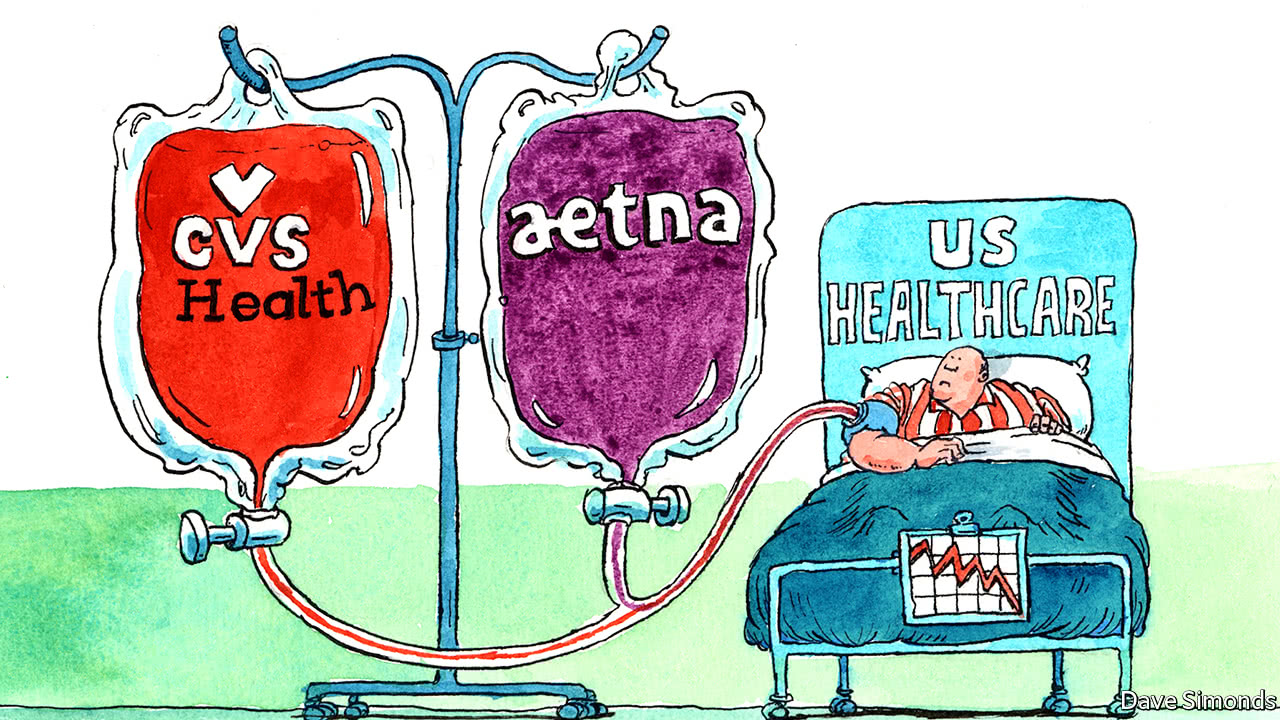By Ben Gomes-Casseres | Originally in HARVARD BUSINESS REVIEW |
Last week, Toyota announced it will close the plant of New United Motor Manufacturing Incorporated (Nummi), its one-time joint venture with GM to make cars in California. (GM had pulled out of the JV in July.) It was third-page news in the financial section, but the passing of an era nonetheless. Nummi represented the first footstep of Toyota in US production, taken in the early 1980s, deep in the last recession. The plant never made money, but allowed Toyota to learn a lot — less so GM.
This 25-year history of turn-about may foreshadow the future as we come out of the current crisis. In 1984, GM offered half-ownership of the Nummi plant to Toyota in exchange for technology, as the asset had lost its value in part due to the recession. How many such assets lie in wait today?
The early history of Nummi has been well-documented, but was controversial. It was heralded either as GM’s window into Toyota’s secrets, or as an example of what Labor Secretary-to-be Robert Reich in HBR called the“joint ventures with Japan [that] give away our future.” The truth, of course, lay somewhere in between. And that truth has a lot to teach us today.
The two parties to this joint venture entered with different aims, and left with different gains. On the face of it, GM found use for a 20-year old plant that it had shuttered. And Toyota contributed the blueprint for a weak-selling car. But salvaging old assets is not what this deal was about.
For Toyota, this was its first major manufacturing investment in the United States. What better way to learn about the peculiarities of the US automotive market than from GM? Toyota learned how to adapt its famed Toyota Production System to work with US suppliers, US government regulations, and, most importantly, the UAW. After just two years in school with GM, Toyota invested in its first wholly-owned plant in the USA; this new plant in Kentucky eventually became Toyota’s largest outside of Japan.
General Motors, for its part, also sought to learn from the venture. But its task was more challenging. GM indeed sought to glean tips from Toyota’s magic. But the way the joint venture was run kept this learning to a minimum. GM placed a dozen or so managers at the plant; Toyota was in charge of operating the plant and filling other managerial positions. The learning-by-doing of Toyota managers turned out to be the more useful way to learn.
GM also faced an uphill battle in incorporating what it did learn from Toyota. Yes, GM saw that Toyota organized the factory floor and relations with suppliers differently. But transferring this to GM’s legacy plants in Detroit proved difficult. The new Saturn line was launched to try to capture this learning, but even a new nameplate could not change old corporate habits.
So, what does this mean for today? That many industries with wasting assets can expect an onslaught of investment from cash-rich, technology-hungry, brand-hungry buyers. Aside from the automotive sector, other industrial sectors, chemicals, raw materials, and consumer brands appear ripe for the plucking. This restructuring of industries can be a good thing for both buyer and seller, and for partners in the JVs that will be formed. But will US firms take advantage of this opportunity to transform themselves, or will they take the cash and close their eyes?









